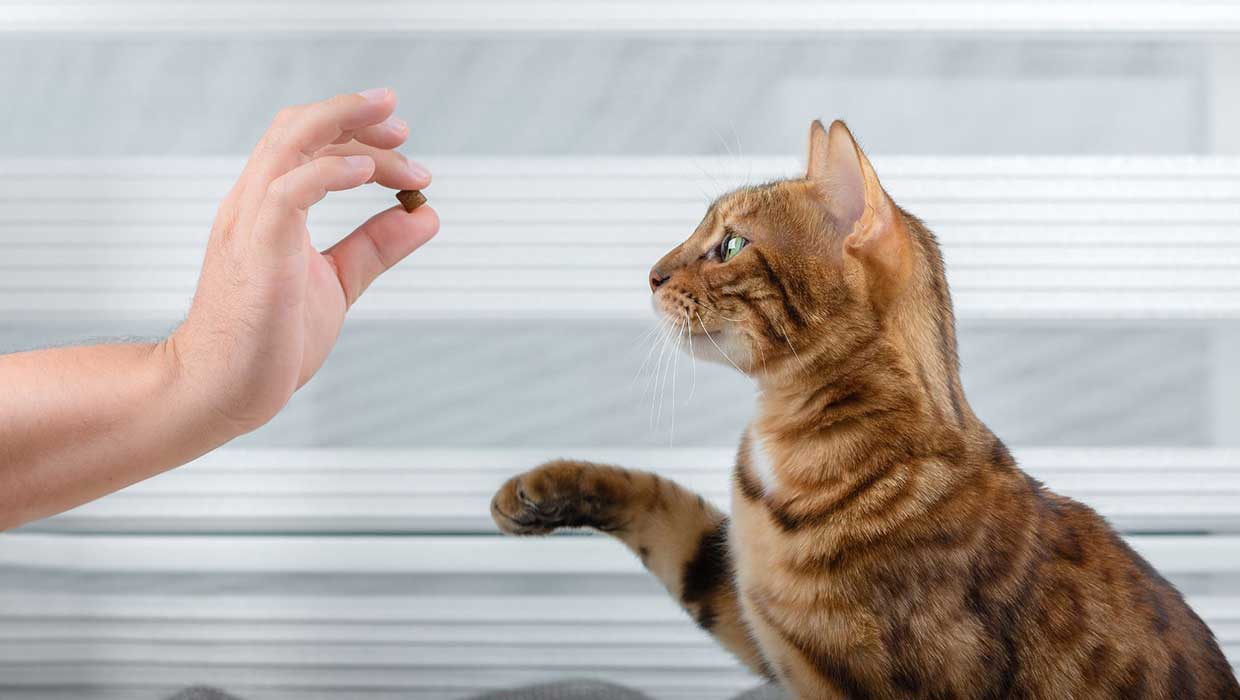It is often said that cats cannot be trained. However, cat training is not as far-fetched as it seems. In fact, it can be an immensely rewarding experience for both pawrents and their feline companions.
To train a cat, it is important to understand their nature. Cats are curious and independent animals, so a gentle, positive, and patient approach is essential. Yelling at them, punishing them, or showing them any form of aggression will only lead to fear and stress, making your training efforts counterproductive.
The best way to start cat training is with simple commands that are easy to grasp. “Sit,” “come,” and “stay” are great starting points. It is also important to train your cat in a quiet, familiar space where they feel safe and secure. Always use a calm and soothing tone when giving commands, and reward positive behavior with praise or treats.
Patience is key when training a cat. Each feline is unique and learns at their own pace. Some cats may respond quickly, while others may take longer to understand and follow certain commands. Be prepared for setbacks, and never force your cat to comply. Instead, celebrate their small achievements, show them your enthusiasm, and build upon them gradually.
One of the most effective ways to motivate a cat during training is through the use of yummy treats as positive reinforcement. Cats are food-motivated creatures, so treats can help serve as a powerful incentive to encourage them to do and follow commands. When introducing a new command, hold a treat close to your cat’s nose, and then move it to guide them into the desired position. Once your cat follows the command correctly, reward them with the treat and offer praise.
It is also important to choose the right treats when training a cat. Not all snacks are created equal. Always opt for high-quality, soft, and bite-sized treats that are both delicious and easy to chew. Avoid using large treats, as they may distract your cat for too long and disrupt the training session’s flow. Additionally, consider your cat’s dietary restrictions and choose treats that align with their nutritional needs.
Consistency is also important when training a cat. Establishing a regular training schedule with your cat and keeping sessions short and engaging will help ensure success. Cats have short attention spans, so it’s better to have frequent, brief sessions rather than lengthy, infrequent ones. Consistency in using the same commands, gestures, and rewards will help your cat better understand what you expect from them.
Finally, it is important to observe your cat’s body language during training. Signs of stress, fear, or disinterest, such as flattening of the ears, a swishing tail, or attempts to escape, may indicate that it’s time to stop the training for the day. As a loving pawrent, you should also respect your cat’s boundaries and never force them to continue if they are not in the right frame of mind.
With patience, consistency, and positive reinforcement, you can train your cat to do amazing things. So, embrace the awesome adventure of cat training and enjoy delightful moments of achievement along the way with your floof baby!





